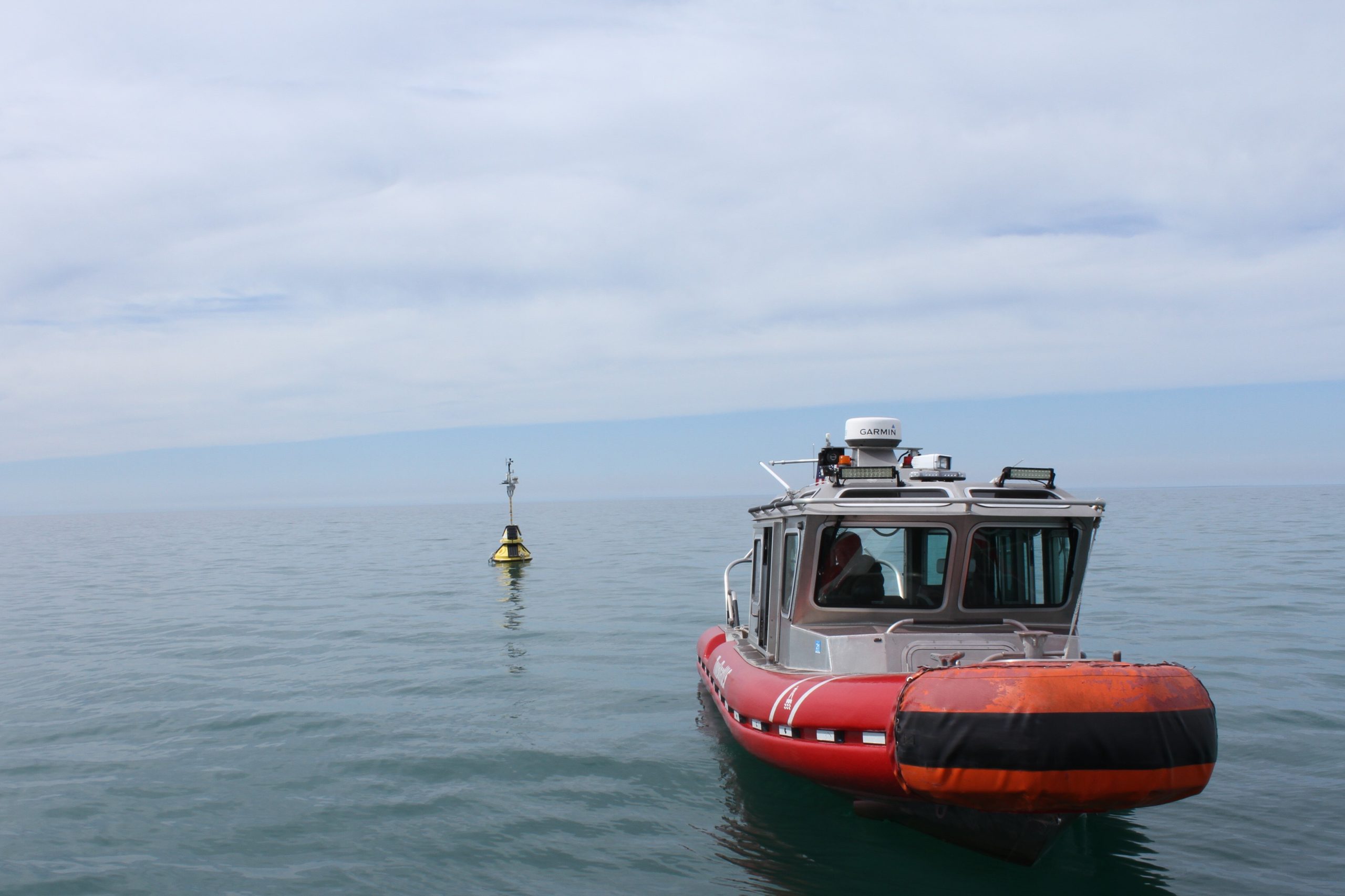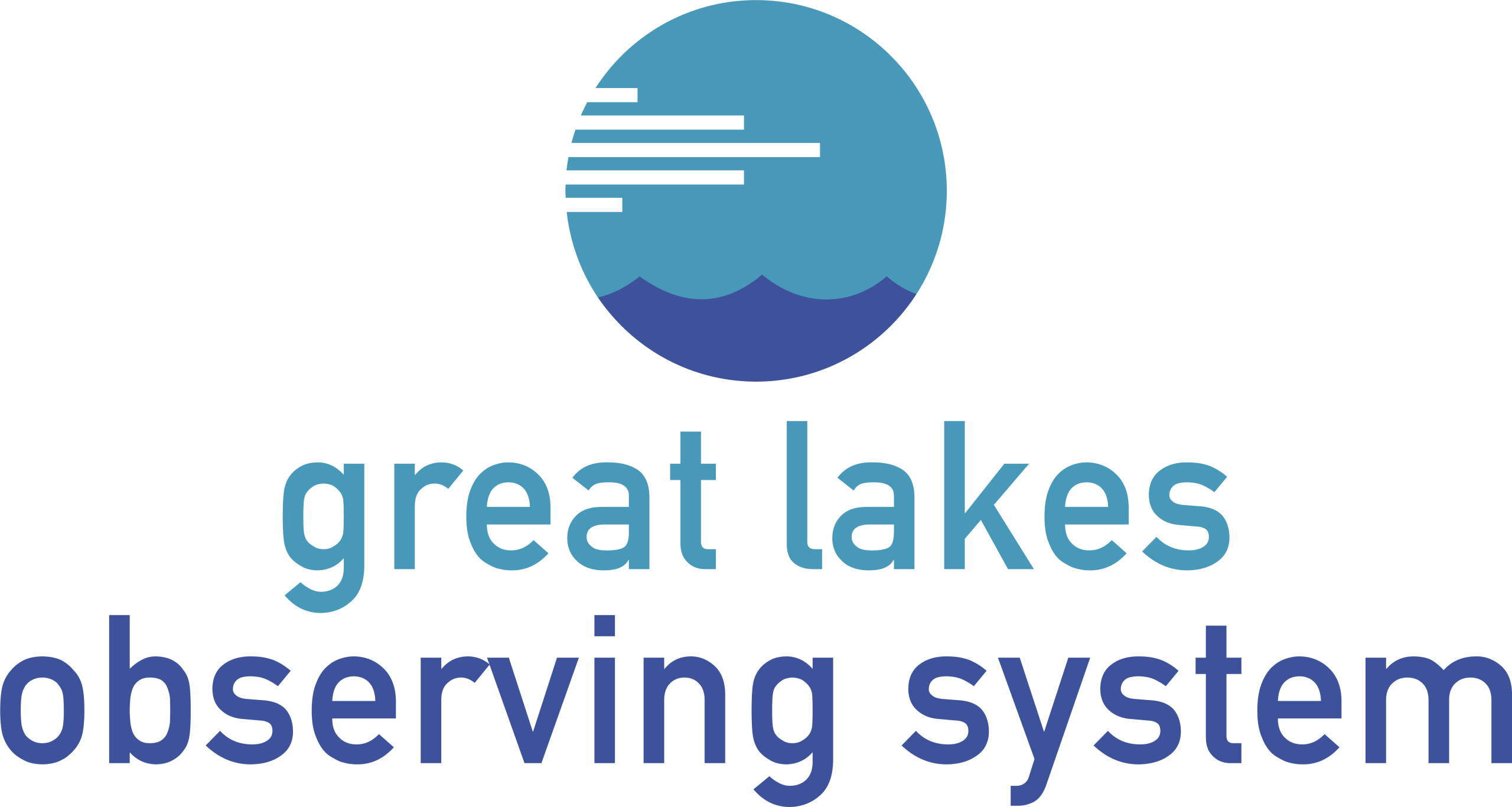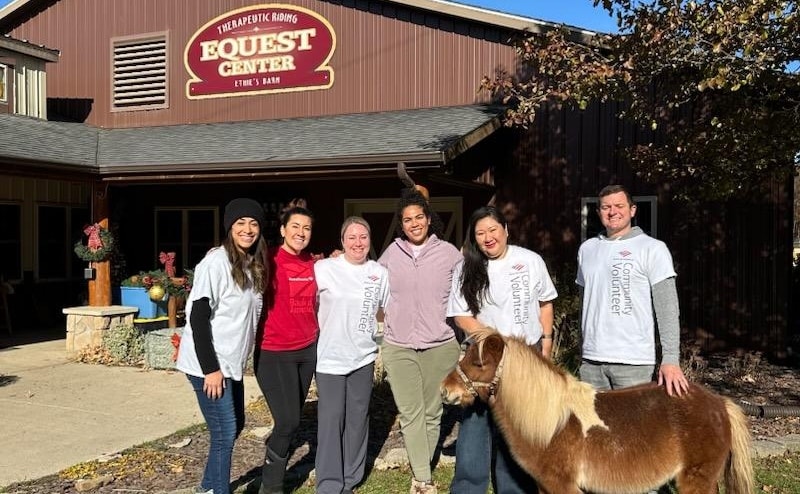Tech students accessing Great Lakes data: A win-win for academics and water quality
Great Lakes Observing System has entered into a partnership with Grand Circus, allowing students to access live data gathered from the lakes to enrich their final projects.
Great Lakes Observing System (GLOS) has entered into a partnership with Grand Circus, a tech-focused learning institution with campuses in Grand Rapids and Detroit. Grand Circus students will now access live data gathered from the lakes to enrich their final projects. One of ten Google for Startup North America tech hubs and partners with Detroit at Work and the Grand Rapids SmartZone, Grand Circus offers 12-and 26-week software developer bootcamps.
“At GLOS, one of the things we are also looking for is new ideas,” says Tim Kearns, chief information officer for GLOS, an Ann Arbor-based binational nonprofit, which collects, manages, and shares key data sets that support science, policy, management, and industry in the Great Lakes. “This is a very science-based community, typically used to [dealing with] a complex workflow. What we’re really hoping for is simplicity from the students.”
Kerns notes that Grand Circus students are generally using apps and services on their phones where they get answers to queries for information in 30 or 60 seconds. GLOS is looking for fresh ideas and new apps that can communicate complex information more simply and quickly.
Students will work with four categories of data. The largest category is live data being collected in the lakes right now by floating and submerged devices that speak to measurements like wave height, temperature, wind speeds, oxygen levels, and algae blooms. Model data maps currents and how the lakes are moving. Smaller, smarter devices capture IOT streaming data and make decisions in real time, for example, alerting a water treatment plant that the recommended thresholds for a certain chemical have been exceeded. The newest emerging data set, lake floor data, informs GLOS about the shape and characteristics of the lake floor itself.
“These data sets give you access into a whole range of new understanding,” Kearns says. “The more we understand about the Great Lakes, the better decisions we can make, and not just for the lakes. It extends to all of the watersheds.”
Nine GLOS buoys are fixed along Michigan’s Lake Michigan coastline from the Straits of Mackinac to the Cook Nuclear Plant in Bridgman — the closest at Muskegon, Port Sheldon, and South Haven. By clicking on the mapped buoys online, anyone can access data on air and water temperature, wind speed, and wave height — and decide whether or not to go swimming or fishing that day.
“There are two main benefits to everyday citizens,” Kearns says. “Short-term, what are the impacts on you and your day? The macro benefit to citizens around the Great Lakes is that the better we understand the water, the better we can manage it to make sure it’s safe to drink.”
As Grand Circus students focus on the GLOS data in their projects, GLOS hopes that they will come up with more efficient ways to share data — data that ultimately will direct policy decisions impacting Great Lakes water quality, environmental protections, and quality of life for millions of Americans and Canadians.
“The Great Lakes provide 60 million people with water. They are the largest fresh drinking water supply in North America. They are also home to a multi-billion dollar a year economy on both sides of the border. They are a special ecosystem for a lot of reasons. If something terrible happened to the Great Lakes, if the water were less safe to drink and more expensive to treat, that would be dramatic.”
Written by Estelle Slootmaker, Development News Editor
Photos courtesy GLOS and Grand Circus











